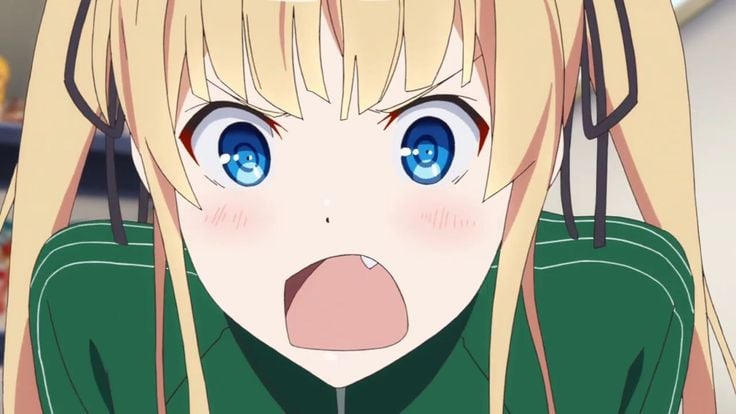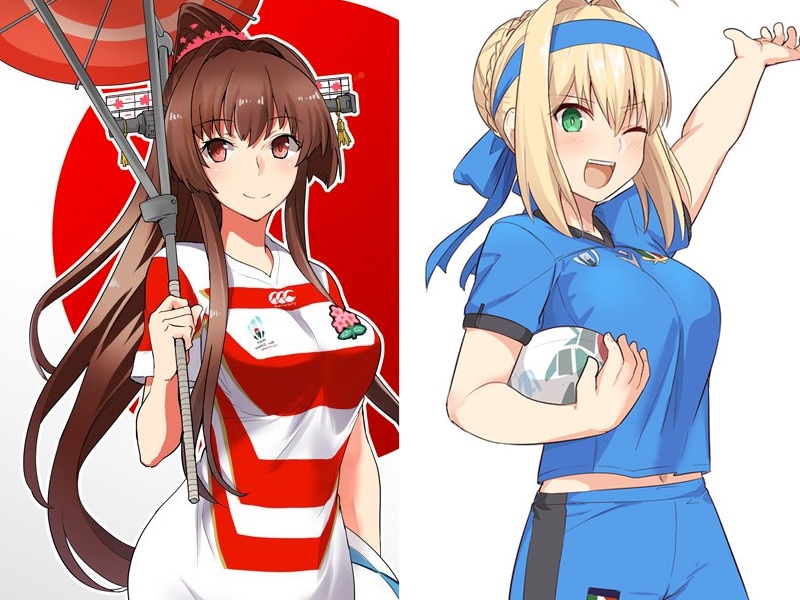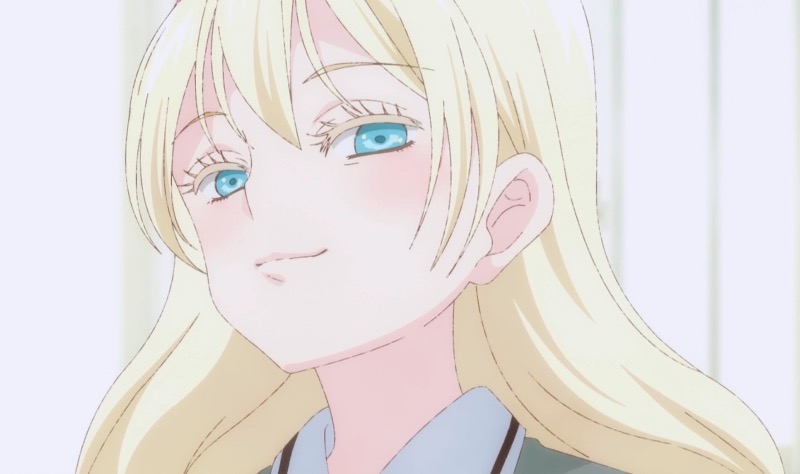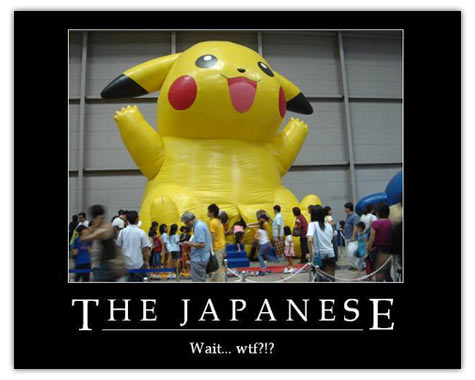Normally when I come to the U.S. the last thing I want to do is eat Japanese food, since there there are so many other choices here, like Mexican and Thai and Chinese. (Chinese food does exist in Japan, but in a very different form from what you’d find at Panda Express, often melded so closely with everyday Japanese dishes that no one can tell the two apart.) This trip, however, I’ve been in the U.S. for so long doing stuff with my American family that I started really craving nihonshoku (Japanese cuisine), so last night I took the family out for the best sushi I know of in San Diego. Sushi in California and Japan are naturally a little different. First of all, the most common way to eat sushi in Japan is kaiten-zushi or conveyor belt sushi, which is cheap and convenient, although traditional places are common, too (though they are pricier). We laughed out loud at some of the menu items with names that would never fly in Japan, like Kabuki, Last Samurai, Yakuza and Gaijin Rolls. As is often the case when eating “Japanese” food in the U.S., the Master (the owner of the shop) was Korean. Which was okay with me — the fish was fresh and good, and he gave us kimchee (Korean pickled cabbage) to eat for free.
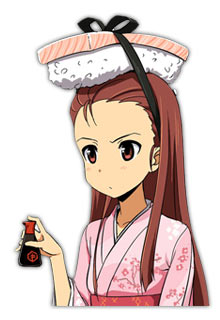
Sushi in the U.S. is a little different from Japan. Not bad, just different.



